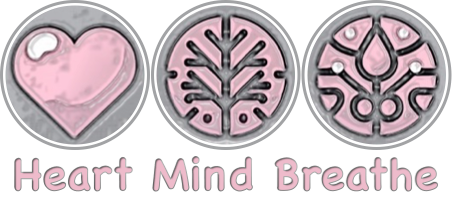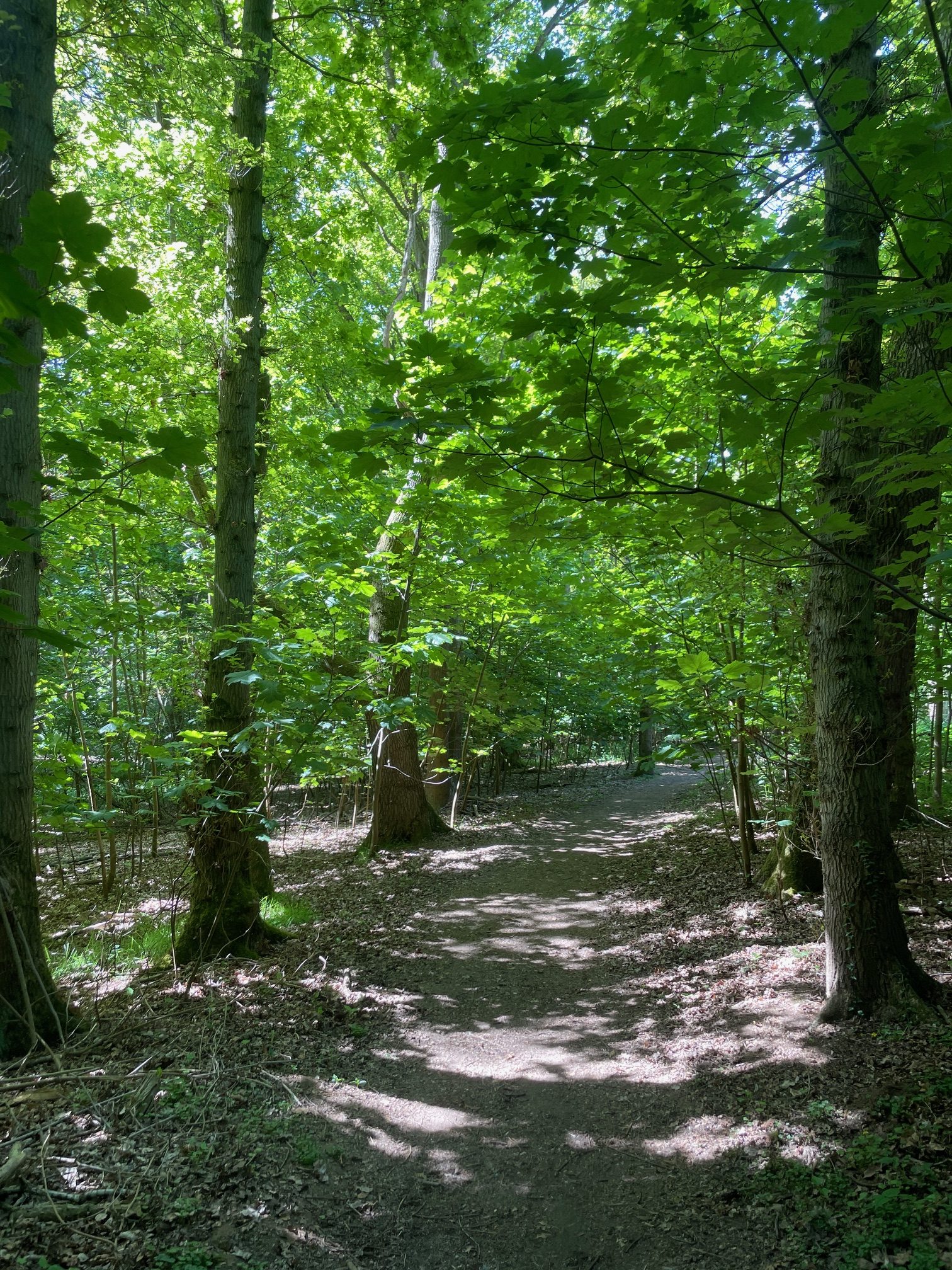Can a greater sense of fullness be found not in what’s added but in what’s already here?
It’s such an easy question to dismiss or overlook. Yet when taken seriously and applied throughout life it becomes a valuable practice which is rich, grounding and even transformative.
We’re so conditioned to evaluate our lives through constant assessment;” Am I comfortable enough? Stimulated enough? Happy enough? What could make this experience better? “
But what if we turned this perspective on its head and asked, “what is there an absence of in this moment?”
Imagine pausing and noticing that, in this very moment there’s no headache, or no abject fear, for example.
An adaptation of this idea came to me during a session I ran with a boy in the secondary mental health setting where I work. I asked him to state the absence of something negative in the moment. This isn’t to ignore any challenges he was facing but to intentionally focus on things that were not present, such as “there’s no toothache in this moment”, or “there’s no backache in this moment”, (not something I take for granted speaking as someone who has experienced plenty of both). We took turns in stating five things that were absent in this moment.
I challenged him to repeat the exercise every day, coming up with five examples each time for one week. I committed to the same and we shared our reflections in the next meeting. It turned out to be a surprisingly powerful practice.
And yes, things which aren’t habitual require intention, time and repetition. They can however be implemented in a kind and gentle way.
Noticing and experiencing the value in what’s ordinary or easily dismissed mirrors a deeper capacity and ability to recognise potential which is otherwise missed. It suggests a kind of attentiveness that reaches beyond the obvious, into the overlooked or unspoken spaces where meaning still lives.
It reminds me of another version of this exercise whilst on a silent five day retreat in 2019. Amidst the howling wind and unrelenting rain – challenging conditions with almost all external stimulation removed as is the intention of silent retreats – an instruction which was gently repeated throughout was “what is enjoyable in this moment”.
Adopting this practice as a regular part of life opens up space for recognising when there is clarity, stillness or peace available to us in any given moment no matter what else is going on.
This can become the art of deliberately focusing attention on small, subtle sources of goodness – those easily missed moments that hold genuine value. It recognises what is okay, even in a situation that feels messy or imperfect. This practice of “taking in the good” has strong roots within Buddhism.
In a world that constantly tells us to strive for more, achieve, do and become more, I would argue that this practice has never been needed more.

